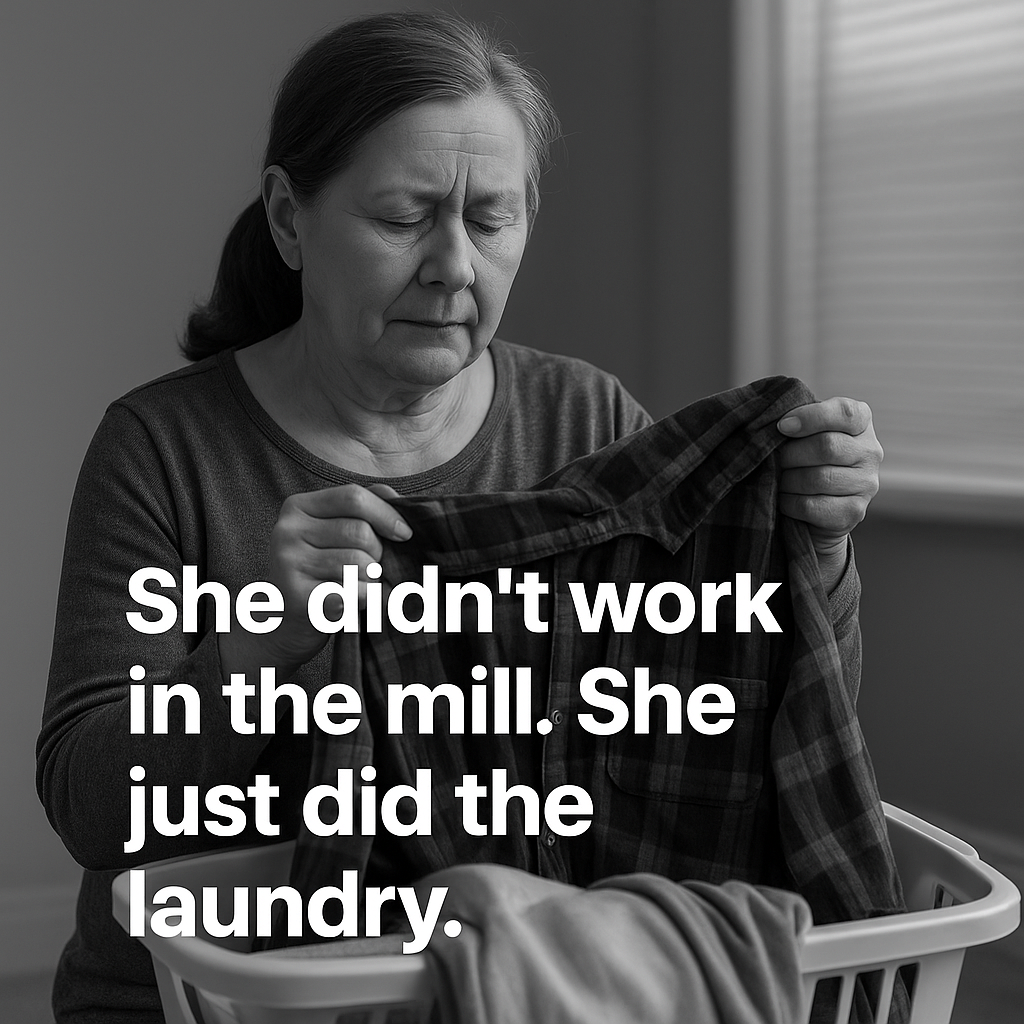For thousands of families across Weirton, Wheeling, Clairton, and other towns in Pennsylvania and West Virginia, laundering asbestos-contaminated work clothes began at home became a hazard to the whole family..
When we talk about asbestos exposure, most people picture factory floors, steel mills, and power stations. But what many don’t realize is that the danger didn’t stop at the plant gate.
🧺 How Work Clothes Carried Danger Home
After long shifts at places like PPG Natrium, US Steel, Bethlehem Steel, and Koppers, workers often came home coated in fine dust. That dust wasn’t just grime — it was asbestos.
And the first person to touch it? Often a wife, mother, or daughter — who shook out the clothes before washing them, unknowingly releasing microscopic asbestos fibers into the air.
No masks. No warnings. No protection.
Just decades of laundering — and exposure.
🩺 The Medical Fallout
Today, we know that mesothelioma, asbestosis, and even lung cancer can result from this kind of secondary, or “take-home,” exposure.
You didn’t step foot in the plant.
But the plant came home with him.
And now, you’re sick.
⚖️ What Families Can Do Now
If you or a loved one has been diagnosed with mesothelioma or another asbestos-related disease — and someone in your household worked in a known asbestos job site — you may still have a legal case.
This type of exposure has been recognized by the courts, and legal options exist for household members exposed through laundering contaminated work clothes.
🧭 What To Do
📞 Call (412) 781-0525 or
🔗 Visit: leewdavis.com/take-home-asbestos-cases
Even if the worker has passed away — or the company has shut down — you may still be eligible for compensation through bankruptcy trusts or legal claims for laundering asbestos-contaminated work clothes.
📍 Local Sites Often Linked to This Type of Exposure:
- PPG Natrium Plant
- Weirton Steel
- Clairton Works
- Mitchell and Pleasants Power Stations
You did the laundry. You didn’t expect this.

